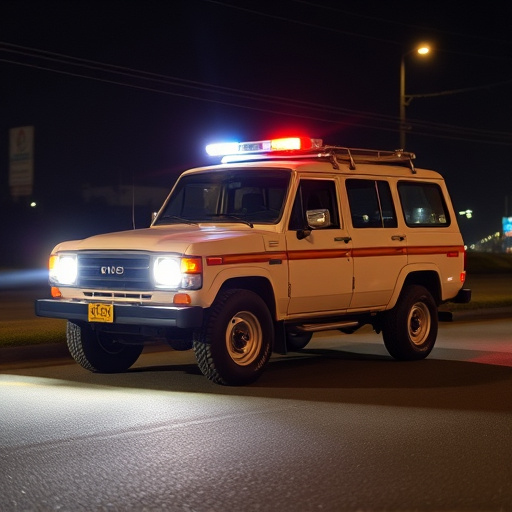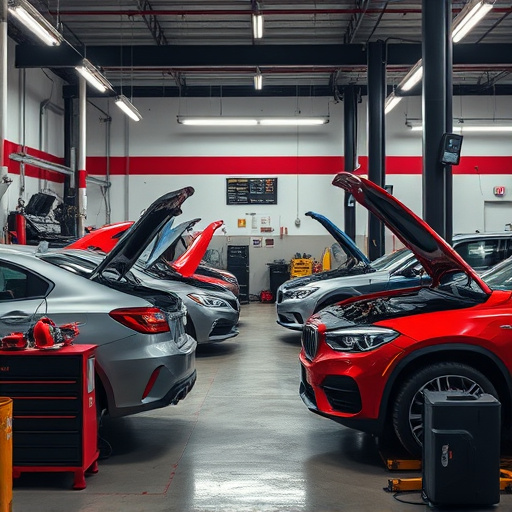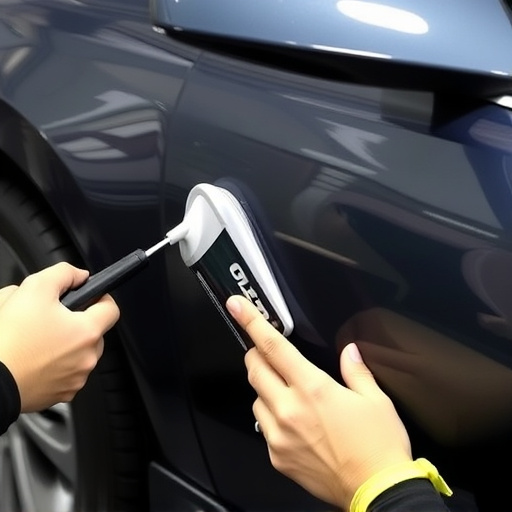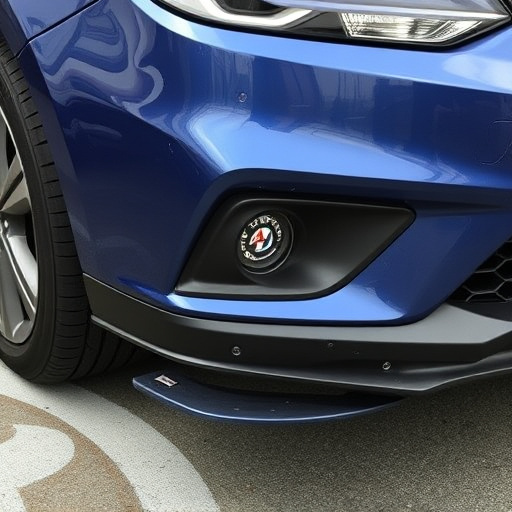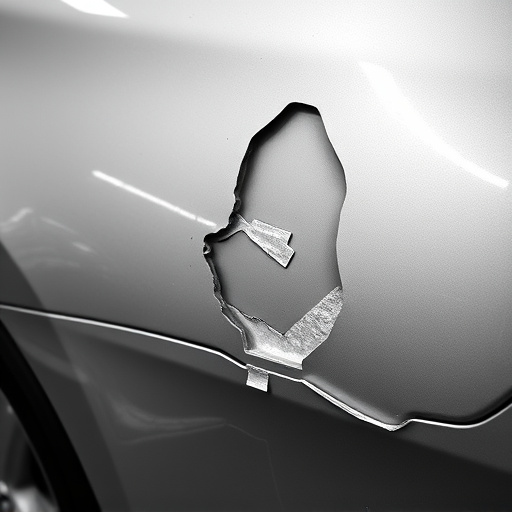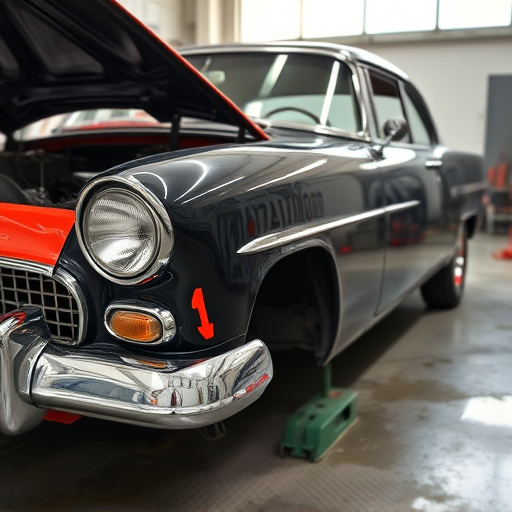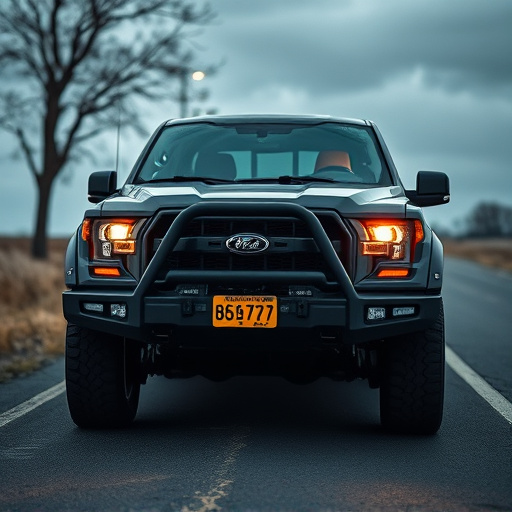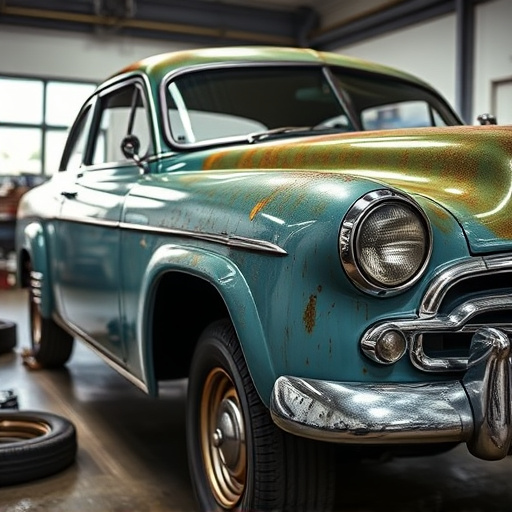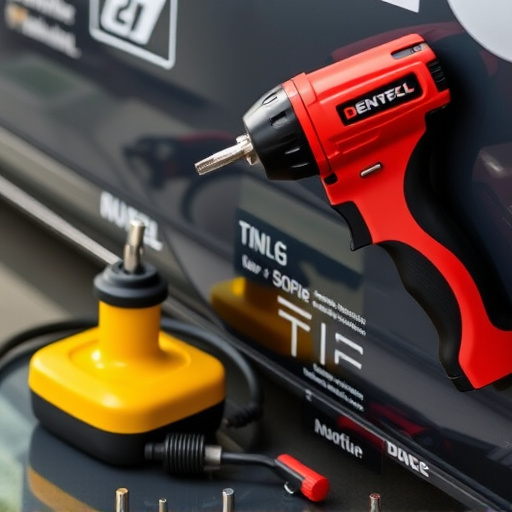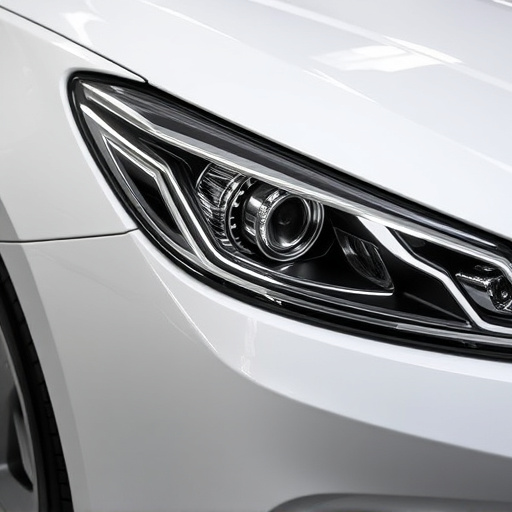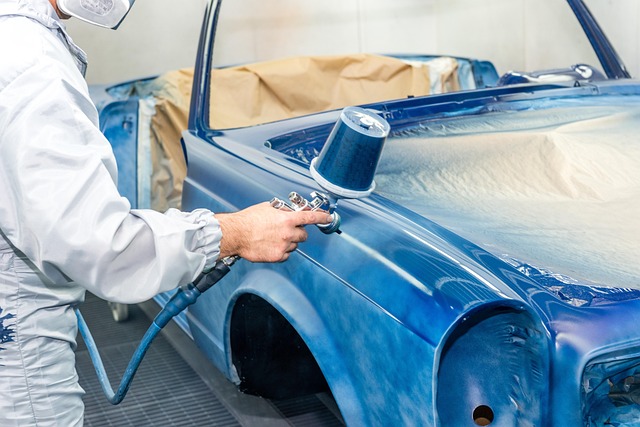Tesla vegan leather, durable and sustainable, requires regular cleaning, sun protection, and proper repair for cracks, fading, or tears. Identify damage types using Tesla guidelines, maintain with tire services and environmental protection. Repairs involve cleaning, using approved kits with adhesive, filler, primer, topcoat, following manufacturer instructions for best results preserving leather integrity.
“Tesla owners often pride themselves on their vehicle’s unique, vegan leather interior. However, like any material, it requires proper care and can suffer damage over time. This comprehensive guide delves into the world of Tesla vegan leather repair, using only approved products recommended by Tesla itself. We’ll explore common issues, from scuffs to tears, and provide a step-by-step repair process to restore your car’s interior to its original condition.”
- Understanding Tesla's Vegan Leather: Materials & Care
- Diagnosing Common Vegan Leather Issues & Damage
- Step-by-Step Repair Guide Using Approved Products
Understanding Tesla's Vegan Leather: Materials & Care
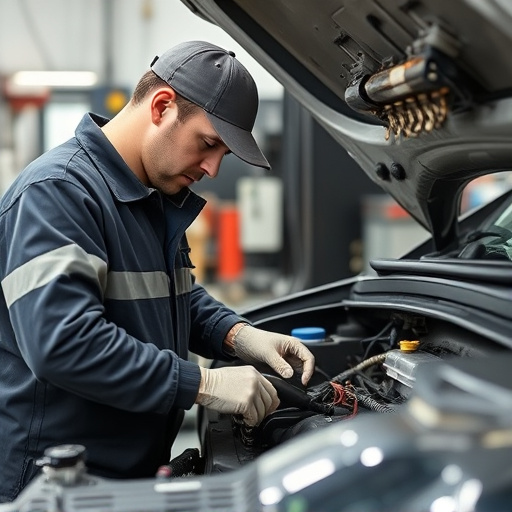
Tesla’s vegan leather is a unique and popular feature in their vehicles, known for its durability and eco-friendly composition. Understanding the material and its care requirements is essential when considering Tesla vegan leather repair. The upholstery is crafted from plant-based materials, such as pineapple fiber and corn-derived plastics, ensuring a sustainable alternative to traditional animal leather.
Proper upkeep involves regular cleaning with approved cleaners and conditioners, specifically designed for Tesla’s vegan leather. These products help maintain the material’s softness, flexibility, and vibrancy of color. Avoiding exposure to harsh chemicals, excessive heat, or direct sunlight is crucial to prevent damage and keep the repair process focused on addressing any tears, punctures, or discoloration through techniques like car paint repair for small scratches and automotive collision repair for more significant damages, ensuring the car bodywork remains in top condition.
Diagnosing Common Vegan Leather Issues & Damage
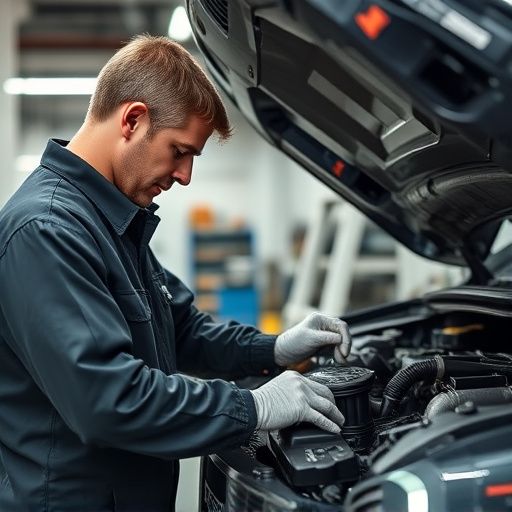
Diagnosing common issues with Tesla vegan leather is an essential first step in any repair process. Over time, this synthetic material can develop various problems, ranging from minor cosmetic flaws to significant structural damage. Cracking, peeling, fading, and discoloration are frequent concerns, often caused by exposure to UV rays, heat, or poor storage conditions. More severe cases may involve tears, holes, or complete separation of the leather from the underlying surface—a situation that requires prompt attention.
Tesla offers guidelines for identifying different types of damage, ensuring owners can take appropriate action. For instance, subtle cracks and scuffs might be addressed with specialized cleaners and topcoats, while more extensive vehicle collision repair may demand the replacement of entire panels or sections. Regular maintenance, including tire services and protection from environmental factors, plays a pivotal role in extending the lifespan of vegan leather, keeping it looking as good as new for years to come.
Step-by-Step Repair Guide Using Approved Products
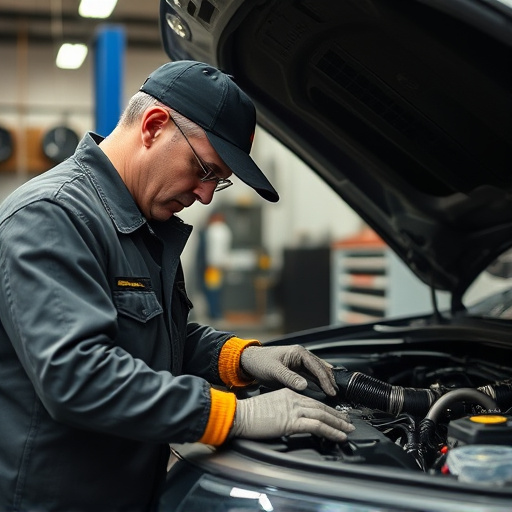
When it comes to Tesla vegan leather repair, using approved products is paramount to ensure both durability and aesthetic integrity. Start by preparing the damaged area. This involves gently cleaning the surface with a mild detergent or leather cleaner to remove any dirt, grease, or debris. Once clean, dry the area thoroughly to prevent water from affecting the repair process later on.
Next, select an automotive body shop-approved vegan leather repair kit. Look for products specifically designed for Tesla models and ensure they contain all necessary components. The kit should include a color-matched adhesive, filler, primer, and topcoat. Follow the manufacturer’s instructions for application. This typically involves spreading the adhesive onto the damaged area, allowing it to set, then applying the filler to even out the surface. After the filler dries, sand gently to achieve a smooth finish before applying the primer and topcoat, which will match the original vegan leather color. Finally, let the repair fully cure according to the product guidelines for best results in your Tesla vegan leather repair.
Tesla vegan leather, known for its durability and eco-friendliness, can be repaired using approved products to extend its lifespan. By understanding the materials and proper care, and following a systematic guide to diagnosing and repairing common issues, you can effectively maintain your Tesla’s vegan leather interior. Stick to approved products to ensure compatibility and optimal results in your Tesla vegan leather repair process.
